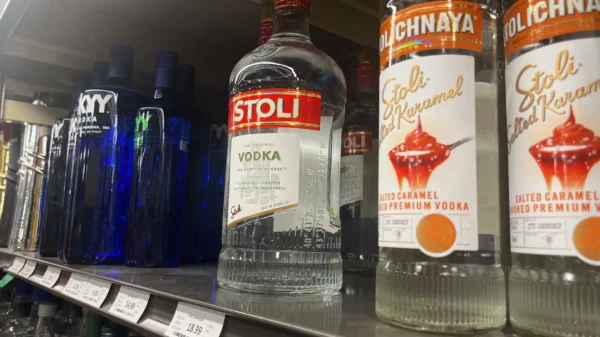Introduction
Wells Fargo, one of the largest banks in the United States, is currently facing a lawsuit over its response to the fake accounts scandal that rocked the financial industry. The lawsuit, filed in San Francisco, alleges that the bank did not do enough to assist customers who were affected by the enrollment in unwanted products. This legal challenge seeks to secure at least $5 million in compensation for customers who received letters from Wells Fargo regarding these unwanted products.
The Fake Accounts Scandal
The fake accounts scandal came to light in 2016 when it was revealed that Wells Fargo employees had opened millions of unauthorized accounts in order to meet aggressive sales targets. The scandal caused significant damage to the bank’s reputation and resulted in hefty fines and penalties.
The Lawsuit Allegations
The lawsuit accuses Wells Fargo of failing to adequately assist customers who were affected by the unauthorized accounts. It claims that the bank did not take sufficient steps to rectify the situation and provide appropriate compensation to those who were harmed. Specifically, the lawsuit focuses on customers who received letters from Wells Fargo about unwanted products.
Seeking Compensation
The legal challenge aims to secure a minimum of $5 million in compensation for affected customers. The plaintiffs argue that Wells Fargo should be held accountable for the financial harm and emotional distress caused by the unauthorized accounts. They believe that the bank’s response to the scandal was inadequate and that more should have been done to assist those affected.
Implications for Wells Fargo
The lawsuit poses significant implications for Wells Fargo, both in terms of financial repercussions and its reputation. If the bank is found liable and ordered to pay compensation, it could further damage its already tarnished image. Additionally, the lawsuit could lead to increased scrutiny from regulators and further legal action from affected customers.
Wells Fargo’s Response
Wells Fargo has acknowledged the lawsuit and stated that it will vigorously defend itself against the allegations. The bank maintains that it has taken steps to address the fake accounts scandal and assist affected customers. It has implemented reforms and made changes to its sales practices to prevent similar issues from occurring in the future.
Conclusion
The lawsuit against Wells Fargo over its response to the fake accounts scandal highlights the ongoing fallout from this damaging episode. As the legal challenge progresses, the bank’s actions and the court’s decision will have significant implications for both Wells Fargo and the wider financial industry. It remains to be seen how the lawsuit will unfold and what impact it will have on the bank’s reputation and financial standing.































